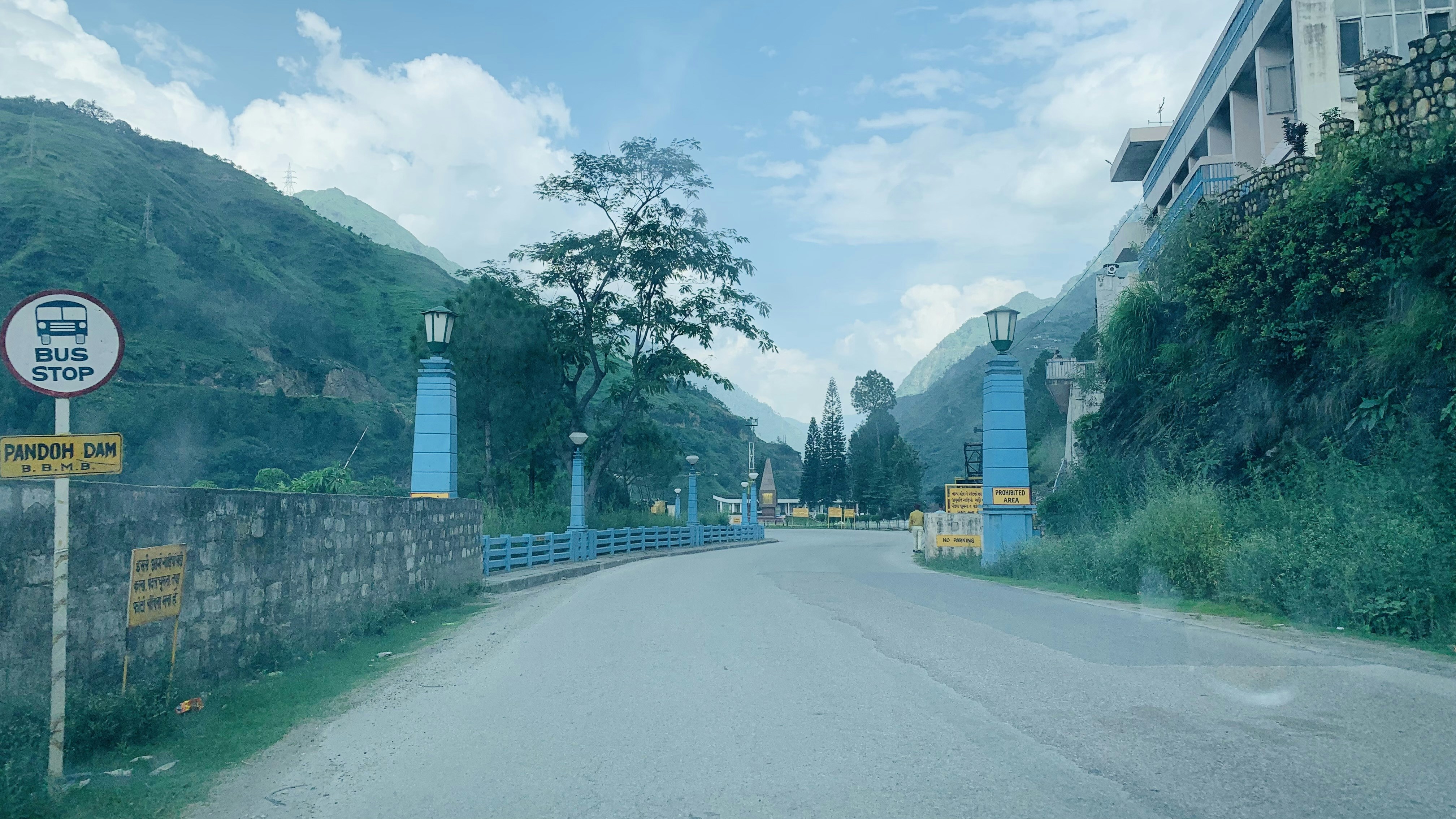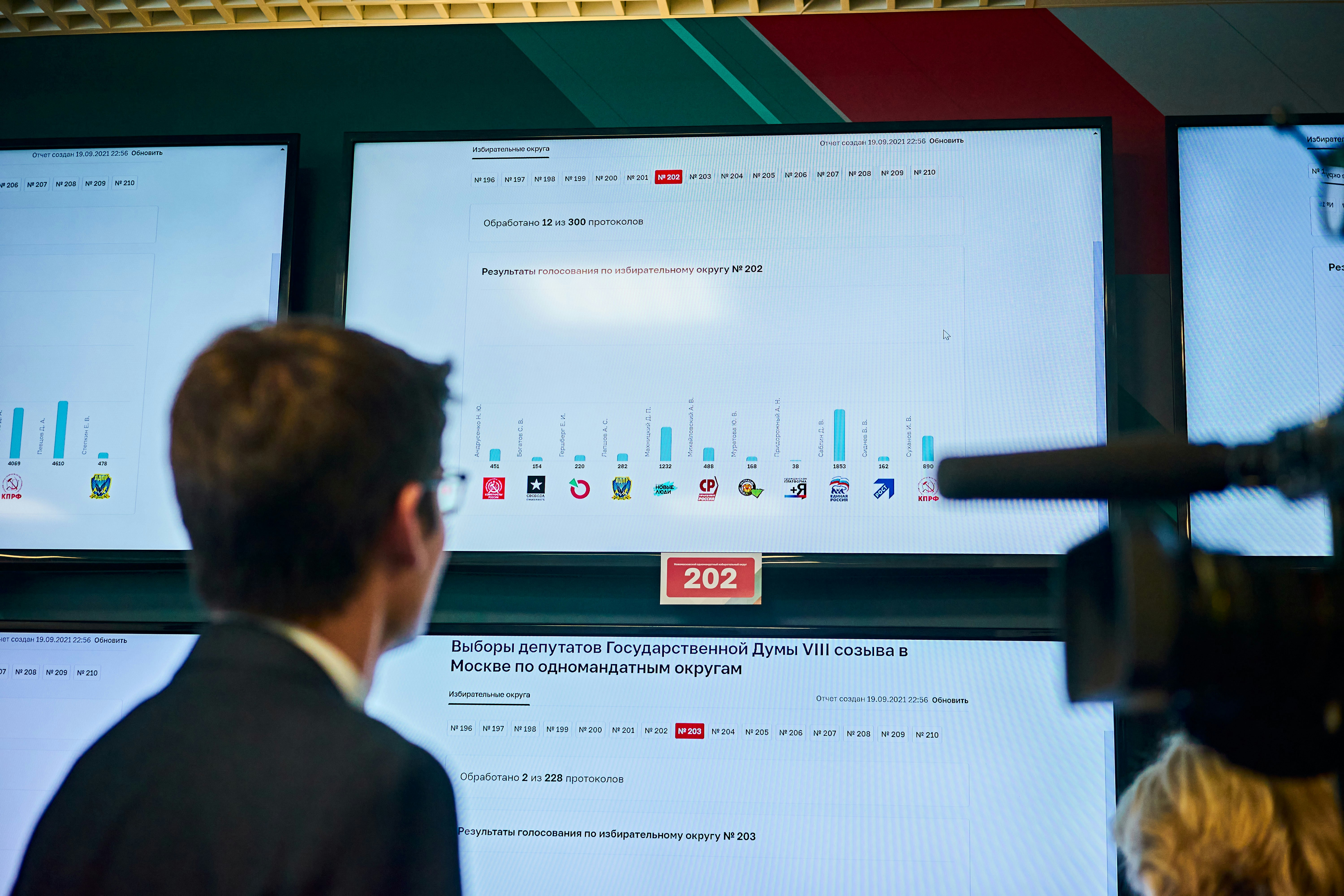Overview of the Indus Water Treaty
The Indus Water Treaty, signed in 1960, is a pivotal bilateral agreement between India and Pakistan that addresses the management and distribution of the waters from the Indus River system. Spanning over six decades, this treaty is an essential framework for water sharing between the two nations and serves as a cornerstone for their economic and environmental aspirations. The treaty allocates the waters of the Indus River and its tributaries between the two countries, classifying them into two categories: the eastern rivers—Ravi, Beas, and Sutlej, designated primarily for Indian use; and the western rivers—Indus, Jhelum, and Chenab, which are largely available for Pakistan’s consumption.
One key aspect of the Indus Water Treaty is the role of the World Bank, which acted as a mediator during the negotiations. The involvement of a third party was crucial, as it helped foster trust and cooperation between the two countries amidst the tense political environment of the time. The treaty was designed not only to mitigate disputes over the river waters but also to enhance collaborative efforts to manage water resources sustainably in the region. Since the treaty’s inception, it has managed to withstand various tensions between India and Pakistan, exhibiting a level of resilience despite multiple conflicts.
Over the years, the Indus Water Treaty has significant implications for Indo-Pak relations, as it provides a structured approach to addressing water-related disputes. It emphasizes the importance of dialogue and negotiation in resolving conflicts, showcasing how a legal framework can play a critical role in stabilizing regional relations. In today’s geopolitical context, with climate change and water scarcity emerging as pressing issues, the treaty remains relevant, necessitating continuous dialogue to ensure equitable and sustainable water management for both nations.
The Shimla Agreement: Historical Context and Significance
The Shimla Agreement, signed on July 2, 1972, emerged in the aftermath of the Bangladesh Liberation War, which significantly altered the geopolitical landscape of South Asia. This pivotal agreement aimed to address lingering tensions between India and Pakistan, seeking to lay a foundation for peaceful coexistence. Prior to its signing, the two nations had experienced intense conflict, compounded by the complex issues stemming from territorial disputes and refugee crises. The war had not only resulted in significant military losses but also in substantial civilian upheaval, making it imperative for both countries to pursue a peaceful resolution.
One of the primary provisions of the Shimla Agreement was the acknowledgment of the Line of Control (LoC) in Jammu and Kashmir, which established a framework for the future management of the disputed territory. The agreement strongly emphasized that any disputes between the nations were to be resolved bilaterally, thus eschewing third-party intervention. This principle was crucial as it sought to reinforce the sovereignty of both nations while promoting independent dialogue, a move perceived as vital in maintaining stability in Indo-Pak relations.
Moreover, the Shimla Agreement played a significant role in fostering the spirit of cooperation and dialogue that would influence future bilateral treaties and discussions. It served as a precursor to dialogues conducted under the South Asian Association for Regional Cooperation (SAARC), which aimed to foster economic and socio-political collaboration in the region. By emphasizing peaceful negotiations over military confrontation, the Shimla Agreement has been instrumental in providing a framework that both nations could refer back to in times of crisis.
In essence, the importance of the Shimla Agreement lies not only in its immediate impact on Indo-Pak relations but also in its lasting influence on regional diplomatic efforts, underscoring the necessity of dialogue in resolving complex international disputes.
Current Developments and Challenges in Indus Water Management
The Indus Water Treaty (IWT) has faced significant challenges in recent years, particularly in light of escalating tensions between India and Pakistan. Following incidents such as the Uri attack in 2016, the relationship between the two nations deteriorated, leading to intense scrutiny of the treaty and the impact of water management policies. India, as the upper riparian state, has largely focused on rationalizing its water allocation, aiming to optimize water resources while responding to increasing demands for water security.
In recent developments, India has signaled its intention to utilize its rights under the treaty more assertively, including the construction of hydropower projects on the Indus River and its tributaries. This has raised concerns in Pakistan, which relies heavily on the waters governed by the treaty for its agricultural and domestic needs. The geopolitical climate has prompted debates on the potential suspension of the treaty, a prospect that might lead to severe consequences for Pakistan, as there are historical precedents where water access has been used as leverage during conflicts.
The reaction from both countries has varied, with India’s government emphasizing the necessity of enhancing their water management capabilities in the context of climate change and population growth. Conversely, Pakistan has expressed concern over India’s construction activities, fearing it may lead to reduced water flow. International observers have noted that the IWT remains a critical element in ensuring stability in Indo-Pak relations, with many stressing the treaty’s importance in mitigating tensions over water scarcity.
Both nations are urged to engage in constructive dialogue to address the underlying issues while preserving this crucial framework for managing shared resources. The current landscape highlights the urgency of collaboration and the need for both parties to navigate the challenges in the context of the treaty’s ongoing relevance and significance.
SAARC Visa Policy and Its Implications for Regional Cooperation
The South Asian Association for Regional Cooperation (SAARC) aims to promote regional integration and economic collaboration among its member states. A significant aspect of this vision is encapsulated in the SAARC Visa Policy, particularly the Sves visa system, which was introduced to facilitate smoother travel within the region. This visa regime is designed to enhance people-to-people contact, allowing individuals to travel for purposes such as tourism, business, and cultural exchange, thereby fostering goodwill among member countries.
The Sves visa system represents an important step towards encouraging regional cooperation. By easing travel restrictions, it opens up multiple avenues for citizens of member states to engage in collaborative projects and initiatives. Enhanced cross-border relations can lead to mutual understanding and respect, ultimately contributing to a harmonious regional environment. For instance, cultural exchanges facilitated by the SAARC Visa Policy could help in bridging diverging societal narratives, promoting peace and unity among South Asian nations.
Moreover, the economic implications of the SAARC Visa Policy cannot be overlooked. It provides business opportunities for entrepreneurs who wish to explore markets beyond their own borders. With simplified travel arrangements, trade and investment within the region can potentially increase, leading to economic growth for the member states. This collaborative economic climate is crucial in a region that is otherwise marked by political tensions, such as those existing between India and Pakistan.
However, the effectiveness of the SAARC visa policy may be hindered by ongoing political disputes. Instances of heightened tensions can lead to hesitance and apprehension in traveling across borders. Such challenges necessitate a focus on continuous dialogue and trust-building measures in order to fully realize the potential of the Sves visa system and ensure that it serves as a tool for enhancing regional cooperation rather than a source of division.



